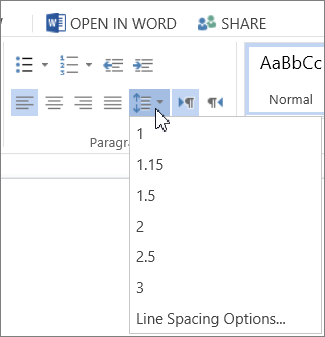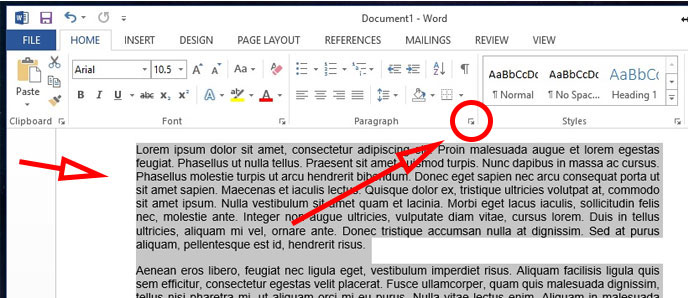
Then change the line spacing to Exactly 12 points. To get a feel for how much extra spacing leading adds, select a 12-point font and type a brief paragraph (make sure it’s at least two lines long).

Because double-spaced body text is “taller” than the line numbers, the text and the numbers quickly get out of sync.) (The Pleading Wizard, a utility used to generate pleading paper in versions of Word prior to Word 2007, sets an “Exact” point size for the numbered lines, such as 22.75 points, that is smaller than standard double spacing. This phenomenon - the vertical expansion caused by “leading” when you use single spacing or double spacing in Word - explains a number of confusing issues, including why it can be difficult to align text with the line numbers in pleading paper. So, sticking with our example, using Times New Roman at 12 points and applying double spacing will result in lines that are spaced approximately 27.6 to 28.8 points apart. Similarly, double spacing usually runs 220% to 270% of the size of your chosen font. The line height might be different with a different font, such as Arial, Courier New, or Helvetica, even if you set the font size at 12 points. If you set the font size at 12 points and apply single spacing, the true height of your lines of text will be roughly 115% to 120% of the point size, or 13.8 to 14.4 points. For example, let’s say you select Times New Roman, a font that is common in legal documents. Typically, single-spaced lines range from 110% to 135% of the font size. The amount of leading varies depending on which font you are using (not all 12-point fonts are equal). In order to improve readability, single and double spacing add a certain amount of vertical distance - in the form of white space - between lines of text, an aspect of typography known as “leading” (pronounced as if it were spelled “ledding”). However, that formulation leaves out one crucial factor. (As a reminder, there are 72 points to an inch thus, 12 points is 1/6 of an inch and 24 points is 1/3 of an inch.) If that were so, single-spacing with any 12-point font would produce lines of text that are 12 points in height and double-spacing would produce lines of text that are 24 points in height. Many people probably assume that the “simple” line-spacing options - single and double spacing - merely reflect multiples of the point size of the font they are using.

The Role of “Leading” in Single and Double Spacing Before exploring the other choices, it’s worth discussing single and double spacing, which are not - contrary to what you might think - entirely self-explanatory.
When adjust paragraph spacing in word plus#
Line spacing options in Word include conventional single and double spacing, plus a few additional choices. Line spacing affects the distance between lines of text within a paragraph, and paragraph spacing affects the distance (i.e., the white space) between paragraphs. Both are attributes of paragraph formatting that can be configured via the Paragraph dialog, but they work differently. In Word, there are two types of spacing: line spacing and paragraph spacing. Understanding line and paragraph spacing in Word


 0 kommentar(er)
0 kommentar(er)
